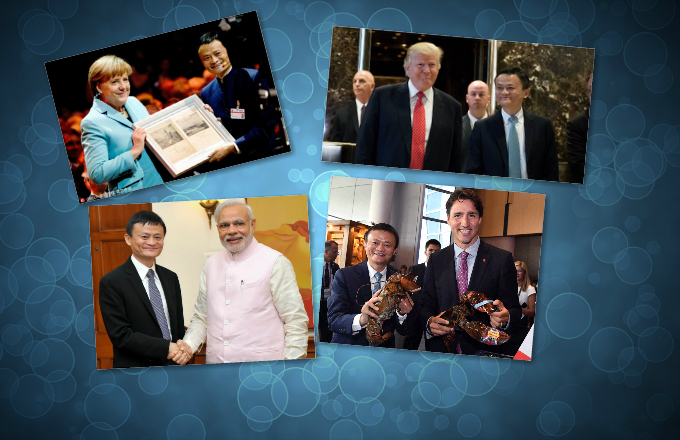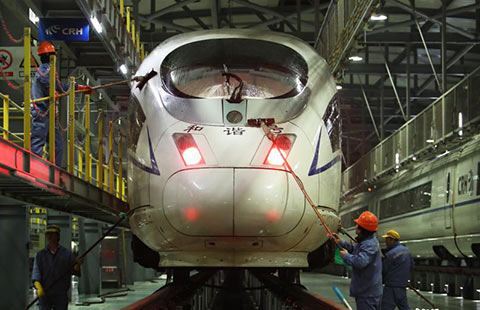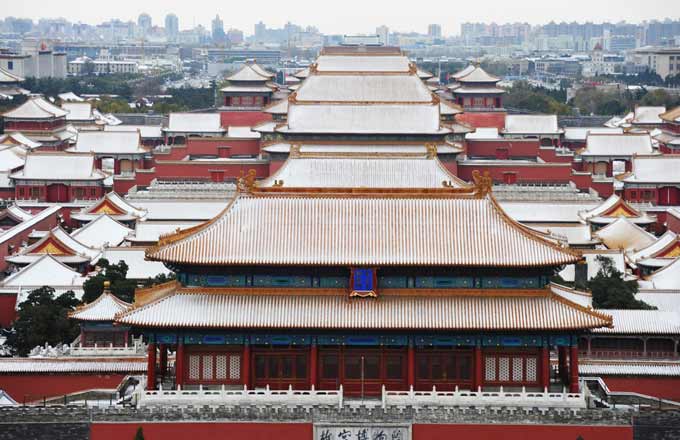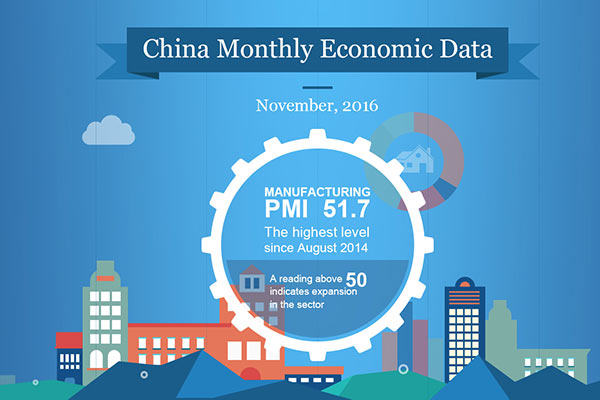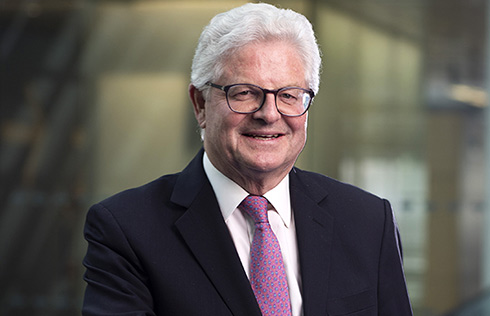Liaoning's Shenyang: Back in the saddle
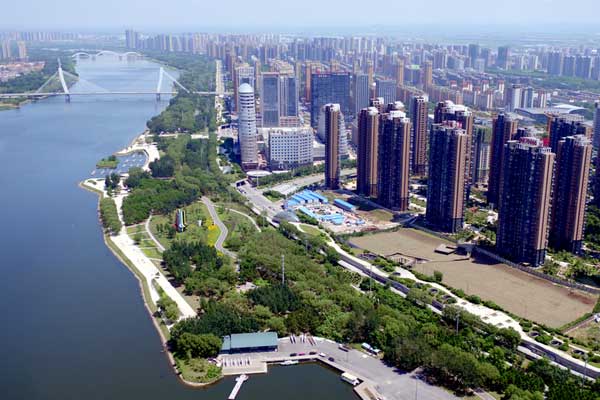 |
|
An aerial photo of a river in Shenyang on June 12, 2016. [Photo/VCG] |
After spending decades at near bottom of economic ranking, Shenyang, in China's rust belt, is getting its shine back.
The capital of Northeast China's Liaoning province has witnessed many ups and downs since its formation more than 2,300 years ago.
Known as the birthplace of the Qing Dynasty (1644-1911), it was the imperial capital during the reign of two Qing emperors.
Then, thanks to abundant natural resources and a well-developed transportation network, Shenyang transformed itself into a major economic center during the first Five-Year Plan (1951-1956), as it embraced manufacturing and huge factories. It soon became one of the top industrial hubs in the country.
But like rest of the Northeast, the city's economy fell into steep decline after the 1980s as plants failed to keep pace with the global changes.
However, Shenyang has now launched ambitious programs aimed at revitalizing its growth. While once resource-intensive sectors played the dominant role, currently some of the biggest multinationals in the world, including GM, BMW and Michelin, have made the city of more than eight million their base.
The jewel in the provincial capital's crown is the Shenyang Economic Zone. Spread over 75,000 square kilometers and boasting 2.4 million population, it's one of the most highly urbanized areas in the nation.
With the State Council asking the Sino-German industrial park to spearhead the transformation of the region, and the government unveiling the "Made in China 2025" plan,which aims to shift focus away from mass manufacturing to high-end products, Shenyang is confident of a turnaround.
Its diversified economy now includes sectors ranging from automobiles to defense to information technology. In 2003, Shenyang produced 100,000 vehicles in total. By 2015, the figure had jumped to more than a million. The auto sector is now a major growth engine. Moreover, 150 of world's top 500 companies have established their base in the megapolis.
By 2020, it plans to become an important trade hub in Northeast Asia by concentrating on 10 areas, including integrating regional development, developing new technologies and modern industrial structure and better use of human resources.
Due to its close geographic proximity to South Korea, Russia and Japan, the city is a major player as a gateway into the Northeast Asia and Bohai Sea Rim Economic Region.
However,the government's measures to reduce decades-old dependence on State-owned enterprises have not been smooth.
What has hurt the bottom line is not just the slump in the prices of global commodities, a major revenue generator, but also the difficulties many of the traditional industries face as they try to innovate and upgrade.
In sharp contrast to the traditional industries, the emerging sectors, such as tourism and science and technology, are witnessing rapid economic growth. In the first half of 2016, tourism revenue rose by more than 13 percent in the province, according to a report carried earlier by China Daily.
While it remains to be seen how much the government will be able to deliver, what is clear is that Shenyang has decided to put the shine back and once again emerge as an economic powerhouse.





